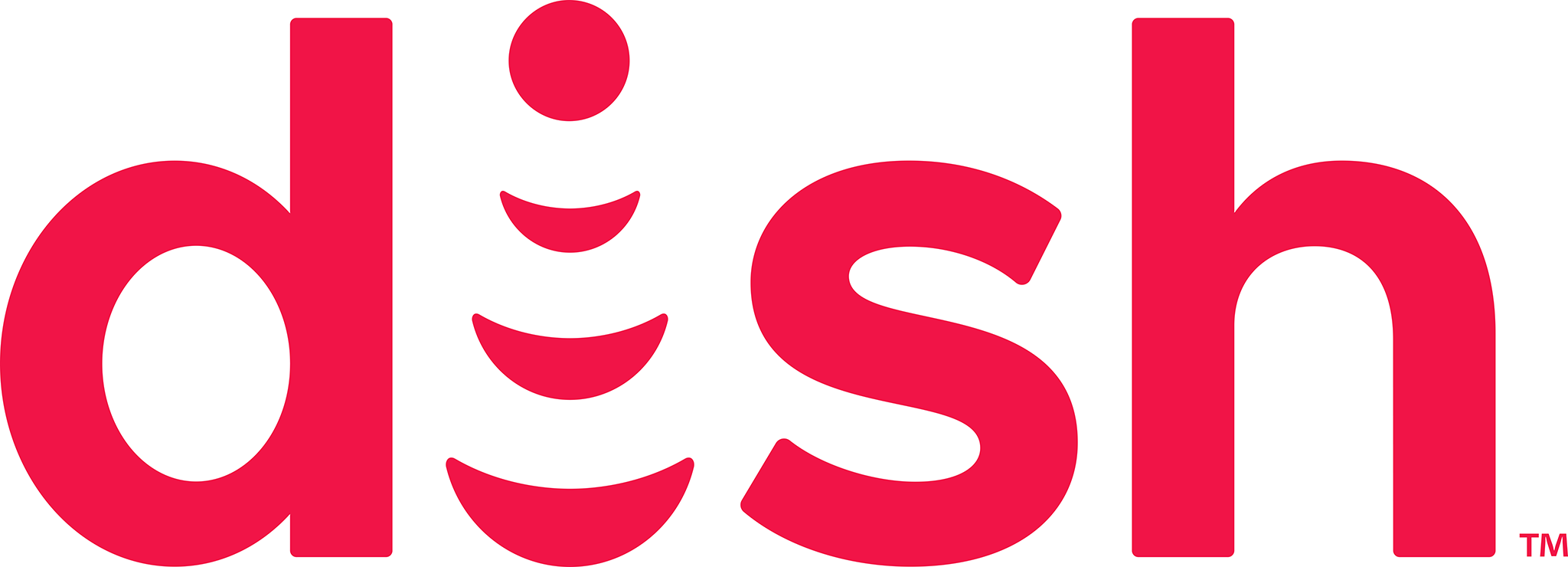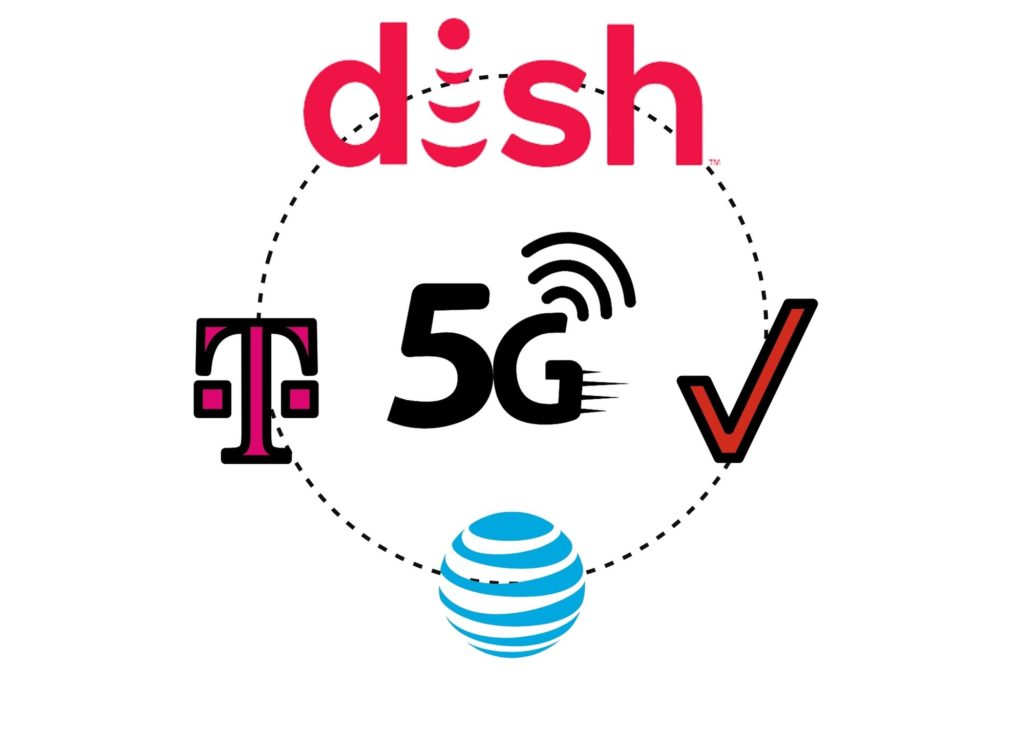
In a strategic move to enhance its standing in the fiercely competitive telecommunications landscape, Dish Network has unveiled plans to expand its Voice over New Radio (VoNR) service throughout its network later this year. Leveraging Mobile Virtual Network Operator (MVNO) agreements with industry giants AT&T and T-Mobile, Dish aims to seamlessly connect its customers, even in areas where its proprietary 5G network is not yet available.
Dish’s Ambitious Stride
While Dish faces challenges in positioning itself as a formidable competitor alongside industry giants like AT&T, T-Mobile, and Verizon, the company remains undeterred in its pursuit of excellence. Dish takes pride in its cloud-native, open Radio Access Network (RAN) 5G infrastructure, a key differentiator in its bid to carve a niche in the highly competitive market.
John Swieringa, President of Technology and COO at Dish Wireless, emphasized the company’s commitment to network development, stating, “We’re investing in our network, actively bringing new markets online across the country, and we’re proud to officially launch the Boost Wireless Network in Denver.” This commitment is a crucial step for Dish as it seeks to compete on a national scale, positioning itself as the fourth wireless carrier in the nation.
Boost Wireless Network Expansion
The Boost Wireless Network, an integral part of Dish’s wireless portfolio, is set to undergo a significant expansion. Boost Infinite plans, starting at an attractive $25 per month, provide users with affordable and feature-rich options. Additionally, Boost Mobile prepaid plans are available for as low as $15 per month, providing flexibility to a diverse user base. These plans can be conveniently accessed online at BoostInfinite.com or Amazon.com/BoostInfinite.
Innovation and Value Proposition
Despite criticism from analysts regarding the branding strategy and the limited availability of physical retail stores for the postpaid brand, Dish remains steadfast in its commitment to innovation and value. Dish emphasizes that there are over 40 Boost Mobile stores located in the Denver market alone, showcasing its dedication to providing accessible services to consumers.
Device Variety and Choices
Dish is not just focusing on network expansion but also on providing customers with a wide range of device options. Customers in Denver can choose from an array of devices, including the latest iPhone 15, Samsung A23 5G, Motorola Razr 2023, and Dish’s own Boost-exclusive Celero 5G+. This diverse lineup ensures that customers have the flexibility to select devices that suit their preferences and needs.
Future Rollout Strategy
Dish is setting an ambitious pace for network expansion, with additional markets slated to go live every month through the first half of 2024. This strategic rollout positions Dish to continually enhance its market presence and compete effectively in an industry where technological innovation and widespread network coverage are paramount.




